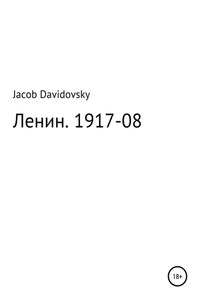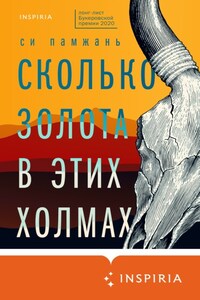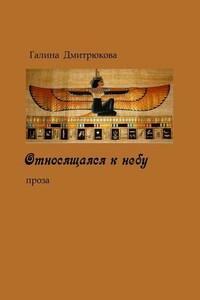THE CONVERSION
OF EUROPE
From Paganism to Christianity
371â1386 AD
RICHARD FLETCHER
To my Father
and in memory of my Mother who nurtured my love of History and by encouraging regular church-going made me permanently interested in how those buildings got there and what they were for.
In memory also of
Nico Colchester my cousin and beloved friend, a man of rare quality and manifold talents whose life was tragically cut short in 1996 at the age of only forty-nine with whom I often discussed this book in remote places far from libraries in Devon and the Cévennes.
History, I think, is probably a bit like a pebbly beach, a complicated mass, secretively three-dimensional. Itâs very hard to chart what lies up against what, and why, and how deep. What does tend to get charted is what looks manageable, most recognisable (and usually linear) like the wriggly row of flotsam and jetsam, and stubborn tar deposits.
RICHARD WENTWORTH
Enormous simplifications were possibly necessary to carry a deeper truth than lay on the surface of a mass of unsorted detail. That was, after all, what happened when history was written; many, if not most, of the true facts discarded.
ANTHONY POWELL
Seldom, very seldom, does complete truth belong to any human disclosure.
JANE AUSTEN
1 The Mediterranean world in late antiquity
2 To illustrate the activities of Martin, Emilian and Samson, from the fourth to the sixth centuries
3 To illustrate the activities of Ulfila during the fourth century
4 To illustrate the activities of Ninian and Patrick in the fifth century
5 Gaul and Spain in the age of Amandus and Fructuosus, seventh century
6 The British Isles in the age of Wilfrid and Bede c. 700
7 The Frankish drive to the east in the eighth century
8 The world of Cyril and Methodius in the ninth century
9 Christianity in the Viking world, c. 1000
10 Eastern Europe and the Baltic, twelfth to fourteenth centuries
This book is an investigation of the process by which large parts of Europe accepted the Christian faith between the fourth and the fourteenth centuries and of some of the cultural consequences that flowed therefrom. It is therefore unfashionably ambitious in its scope. Professional historians today are expected to know more and more about less and less, and to communicate their findings to other professional historians in those weird gatherings known as academic conferences. In consequence fewer and fewer people are going to listen to what they have to say. It is a wholly deplorable state of affairs when specialists in any discipline talk only to each other, and accordingly I have sought to write a book which will communicate some of the fruits of research in a manner which will make them accessible to all. Whether or not I have succeeded in this aim will be for others to judge. The last attempt at such a survey by an English author was a work called The Conversion of Europe by the Reverend C. H. Robinson, published in 1917. Much has happened in the discipline of medieval history in the eighty years since Canon Robinsonâs book was published. It is timely to essay a new synthesis.
Very early on in my reflections on this topic I became convinced that it would be imprudent to attempt to explain this process of the acceptance of Christianity. Efforts to do so tend to be superficial and glib. My book proceeds by way of suggestion rather than explicit argument; my preferred method is to dispose the raw building blocks of evidence in such a manner as to move suggestions forward. Implicit argument may, I hope, be detected, to use an architectural analogy, in the disposition of mass and shape. The building is rambling, but I hope it coheres.
There are a few practical points of which the reader needs to be aware. The scope of the book is confined for the most part to western, Latin or Roman Christendom. The history of eastern, Greek or Orthodox Christendom is not my concern, let alone the history of those exotic Christian communities, Ethiopic, Indian and Nestorian, which lay beyond the eastern Mediterranean hinterland. Orthodox Christendom will loom on the horizon from time to time, notably in Chapters 10, 11 and 14, but for most of the time my concern is with Christianity in the west and the north of Europe. An exception to this rule is furnished by Chapter 9, which deals with the rival monotheisms of Judaism and Islam, with particular reference to early medieval Spain, offered as a kind of counterpoint to the main thrust of the book. Wherever possible I have allowed the original sources to speak for themselves by quoting them in the text, sometimes at length. The endnotes supply references to identify quotations, whether from original sources or from modern authorities, and to indicate reliable published translations where they exist. In a work of this character a formal bibliography would be out of place. Instead I have provided each chapter with brief notes on further reading, almost invariably in English, which will enable the enquirer to pursue matters further.








